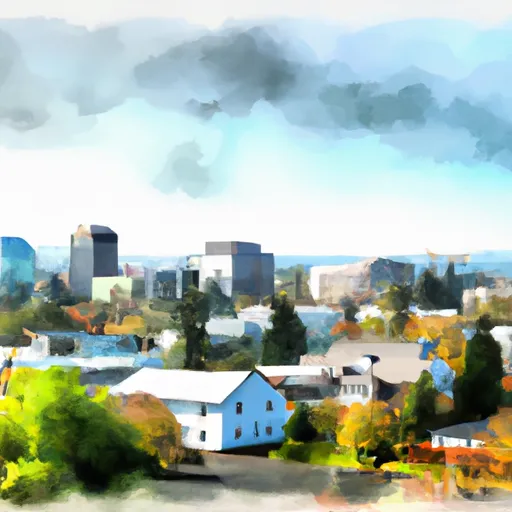°F
°F
mph
Windspeed
%
Humidity











Salem, Oregon is the state capital and is located in the Willamette Valley, situated between the Cascade Mountains and the Oregon Coast Range. The city experiences a mild, temperate climate with distinct seasons. Summers are warm and dry, with temperatures averaging around 80°F (27°C), while winters are cool and wet, with average temperatures around 40°F (4°C).
Salem is surrounded by a diverse hydrology system, with the Willamette River flowing through the city and providing recreational opportunities like fishing, boating, and kayaking. The city is also home to several smaller creeks and reservoirs that offer additional water-based activities.
Outdoor recreation enthusiasts will find plenty of opportunities in Salem. The city is surrounded by stunning natural landscapes, including the nearby Silver Falls State Park, where visitors can enjoy hiking, camping, and exploring beautiful waterfalls. The Cascade Mountains are within driving distance, providing opportunities for skiing, snowboarding, and hiking. The Willamette Valley is known for its wineries, offering wine tasting and vineyard tours. Overall, Salem's climate, hydrology, and outdoor recreation options make it an attractive destination for nature lovers.
Weather Forecast
Salem receives approximately 1013mm of rain per year, with humidity levels near 84% and air temperatures averaging around 12°C. Salem has a plant hardyness factor of 8, meaning plants and agriculture in this region tend to thrive here all year round.
Nearby Snowpack Depths
1
Inches
Regional Streamflow Levels
320
Cubic Feet Per Second
12,200
Cubic Feet Per Second
5,090
Cubic Feet Per Second
2,170
Cubic Feet Per Second
Nearby Camping
| Camping Area | Reservations | Toilets | Showers |
|---|---|---|---|
| Gills Landing RV Park |



